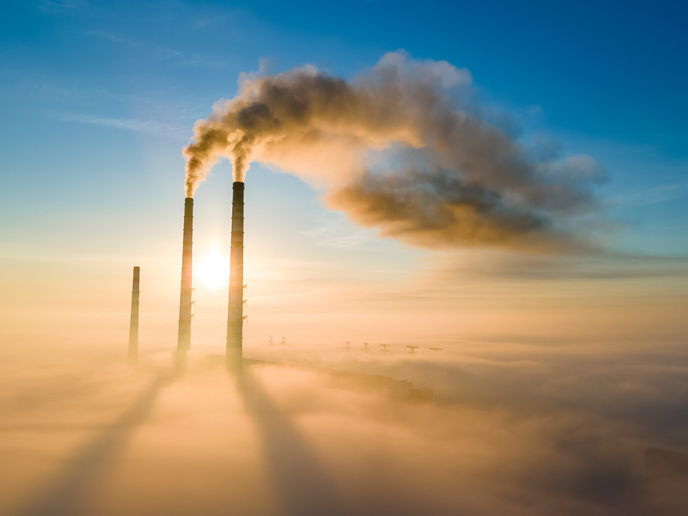Converting greenhouse gases into valuable liquid chemicals
Today, most people are well aware of the fact that CO2 causes climate change. However, many are unaware about another, even more potent form of greenhouse gas: natural gas, or CH4. “With natural gas production on the rise, there is an increasing need to simultaneously address both CO2 and CH4 emissions,” says Bert Weckhuysen, a professor at Utrecht University(opens in new window) in the Netherlands. The urgency of the climate crisis and the increase in natural gas production accelerate the need for an efficient way to convert methane into liquid fuels and other commodity chemicals. Working to meet this need is the European Research Council-funded project ZeoMemRx (Greenhouse gases to valuable liquid chemicals: High-flux zeolite membrane-based reactor for the efficient conversion of CH4 and CO2). “The conversion of CH4 and CO2 are interconnected goals,” explains Weckhuysen, the principal investigator. “A promising strategy for accomplishing this dual conversion is to transform the two gases into easily transported liquid chemicals.” This approach is particularly attractive because such a conversion reduces the amount of emissions released into the atmosphere. Furthermore, it also produces commodity chemicals that can be used either as fuels or as precursors for many industrial processes. “Unfortunately, actually doing this transformation is easier said than done,” says Weckhuysen.
Challenges to conversion
According to Weckhuysen, several major issues exist in the current approaches to CH4 and CO2 conversion, separation, and use. For example, converting CO2 into more valuable chemicals requires a dependable source of hydrogen. There’s also the fact that CO2’s high thermodynamic stability makes it very difficult to transform it into other chemicals. Then there’s the matter of CH4’s fast deactivation, not to mention that CH4 often only exists at wells located in very remote areas. This latter problem makes current gas-to-liquid technologies, such as conversion to syngas followed by upgrading via the Fischer-Tropsch Synthesis (FTS) process, uneconomical. These challenges require innovative approaches to designing more efficient and economical processes for converting CH4 and CO2 into high-value chemicals – which is exactly what the ZeoMemRx project is attempting to do. “We are proposing a high-flux zeolite membrane reactor capable of effectively converting a mixture of CH4 and CO2 into hydrocarbons and aromatics – including benzene, a versatile platform chemical,” remarks Weckhuysen. A key feature of the envisioned system is a highly oriented zeolite membrane with a tunable composition fabricated on a porous substrate. This will give the system the ability to shift the reaction equilibrium and decrease the contact time, resulting in a high catalytic performance.
The right people, right skills and right goals
Although still a work in progress, researchers have succeeded in preparing the highly oriented zeolite and related catalyst materials needed to activate CO2 and CH4. They’ve also developed the first prototype membrane reactor system for initiating the reaction, which is now undergoing further assessment. “Everything from the transfer of knowledge to the build-up of the new reactor system and the creation of new materials are the result of the teamwork and collaboration that have defined this project,” concludes Weckhuysen. “You can have a great idea, but without the right people, the right skills, and the right goals, it will remain only that – an idea.”







